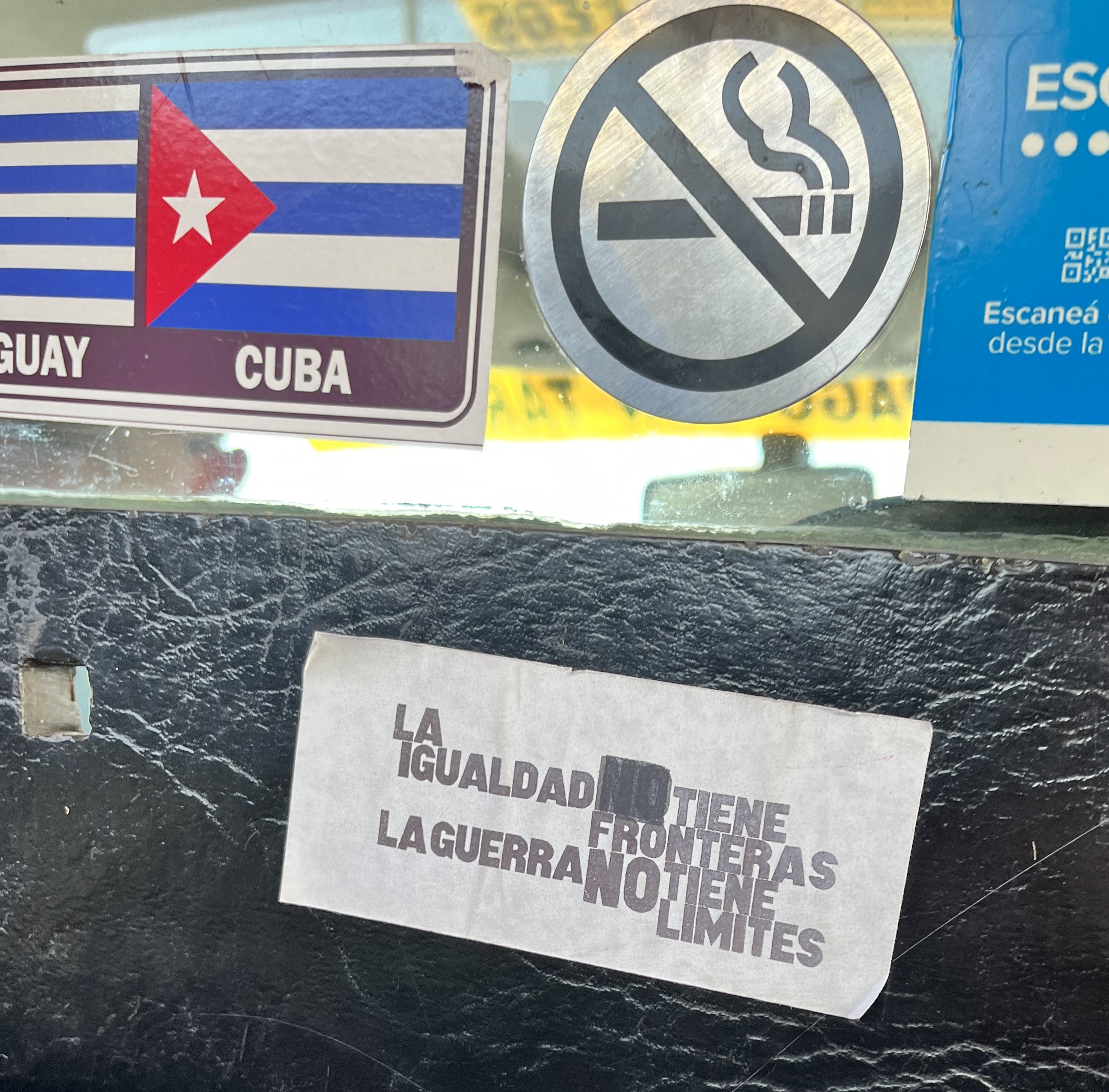Learning Spanish
Over the past six months, I've been learning Spanish for 4 hours a day. This was a fresh start in language learning for me, coming straight from Erbil, Iraq with zero Spanish in my toolkit. The language shift from Arabic to Spanish was quite a leap, but an intriguing one.
Few quick observations:
- Spanish is considerably easier than Arabic. Not exactly a revelation, but the degree of similarity with English is notable. It often allows for successful guesswork with many words.
- Like my approach to Kurdish, where I used Arabic words with a Kurdish accent, I initially applied a similar tactic to Spanish, substituting unknown Spanish words with their English equivalents, which often worked.
- Spanish ramp up is very quick, I was taking 4 hours a day of Spanish a day, and by the end of 6 months, I had reached mid-B2, which meant that I could apply for government papers sans translator.
- A word on Spanish grammar: it's not overly complex, but has its quirks. For those with a background in languages like Arabic or Chinese, Spanish grammar feels somewhat intuitive. For native English speakers, it might present a bit more of a challenge.
- I've been learning Rioplatese Spanish, although switching to Latinoamerica Spanish (or Espanol neutral as they call it here) isn't super difficult. The biggest difference is that in Rio de la Plata (Uruguay and Argentina), they say the "sh" sound for "ll" and "y". I suspect if I ever go to Spain I'll have much more difficulty in understanding.
- Biggest stumbling points for me was the difference between the imperfect and perfect past, as well as the subjunctive. Once I got over those two humps, it was mostly just more exposure to the language.
Overall, diving into Spanish was a refreshing detour from my Arabic studies. Interestingly, my Spanish proficiency after six months is on par with, if not better than, my Arabic, which I'd been learning for two years.
